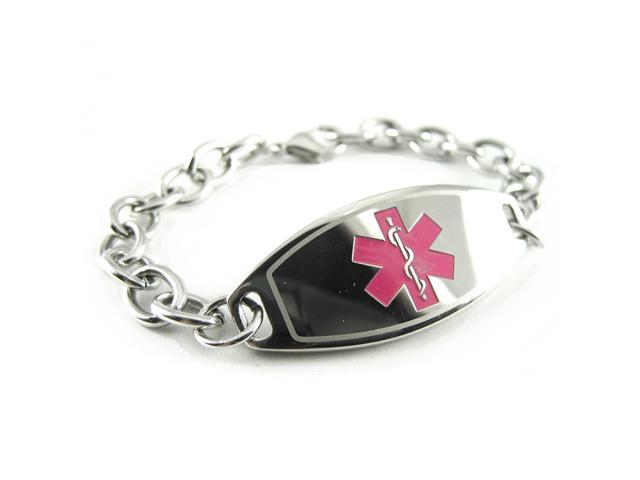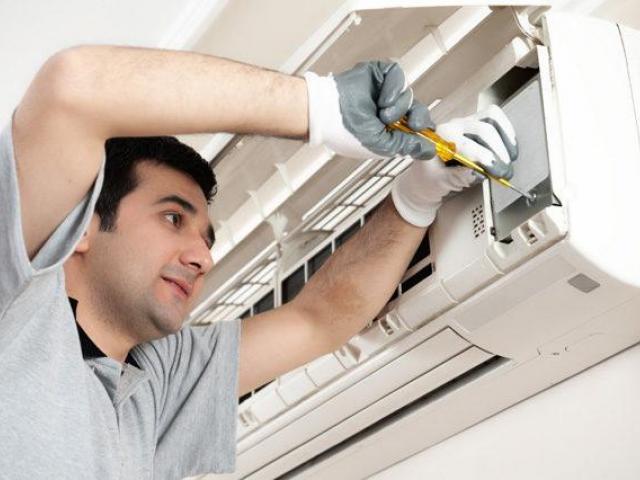When it comes to personal safety and health monitoring, technology has come a long way. Devices like traditional medical alert systems and the Apple Watch offer valuable tools for individuals who want to stay safe and connected. But with so many options available, it’s important to understand the differences between these two solutions and determine which one is best suited to your needs.
In this article, we’ll compare medical alert devices with the Apple Watch, looking at their features, pros and cons, and how well they serve their intended users.
Understanding Medical Alert Devices
Medical alert devices have been around for decades. Designed primarily for seniors or individuals with medical conditions, these devices provide emergency assistance at the press of a button. Typically, they consist of a wearable pendant or wristband and a base station that connects to a monitoring center or emergency contacts.
Features of Medical Alert Devices
- Emergency Button: A simple push of a button connects users to emergency responders or caregivers.
- 24/7 Monitoring: Many medical alert systems are linked to professional monitoring centers that provide immediate assistance.
- Fall Detection: Advanced systems can detect falls and automatically alert emergency contacts.
- GPS Tracking: Some models include GPS capabilities to help locate users in case of an emergency.
- Water Resistance: Many devices are designed to be worn in the shower, where falls commonly occur.
Pros of Medical Alert Devices
- Designed Specifically for Emergencies: Unlike smartwatches, medical alert devices focus entirely on safety and emergency response.
- Reliable and Easy to Use: The simple design ensures ease of use, especially for elderly individuals who may not be tech-savvy.
- Professional Monitoring: Most systems connect to trained emergency responders, offering a higher level of security.
- Long Battery Life: Many medical alert devices have long-lasting batteries that can go weeks or even months without needing a charge.
Cons of Medical Alert Devices
- Limited Functionality: Unlike smartwatches, these devices are focused only on emergencies and do not offer additional features like fitness tracking or texting.
- Monthly Fees: Many medical alert services require a monthly subscription for monitoring.
- Bulky and Unattractive: Some users find traditional medical alert pendants to be unattractive or stigmatizing.
Understanding the Apple Watch
The Apple Watch is a multifunctional smartwatch that offers a range of features, from fitness tracking to notifications, and even emergency assistance. In recent years, Apple has introduced health-focused features that make it a viable alternative to traditional medical alert systems.
Features of the Apple Watch
- Emergency SOS: Holding the side button calls emergency services and sends your location to contacts.
- Fall Detection: The watch can detect hard falls and automatically call for help if the user is unresponsive.
- Heart Rate Monitoring: Tracks heart rate and alerts users of irregular patterns, such as atrial fibrillation.
- ECG and Blood Oxygen Monitoring: Advanced health monitoring features provide insights into cardiovascular health.
- GPS and Cellular Connectivity: Can function independently of a phone, allowing users to call for help anywhere.
- Activity Tracking and Notifications: Encourages movement and healthy lifestyle habits.
Pros of the Apple Watch
- Multi-Functional: Offers a variety of health, communication, and entertainment features.
- Stylish and Discreet: Looks like a regular smartwatch, reducing the stigma of wearing a medical device.
- No Monthly Fees for Basic Features: Unlike medical alert devices, emergency SOS calls do not require a monthly subscription (though cellular service may have costs).
- Automatic Updates: Regular software updates introduce new features and security improvements.
Cons of the Apple Watch
- Short Battery Life: Needs to be charged daily, which can be problematic in emergencies.
- More Complex to Use: Navigation and features may be confusing for elderly individuals unfamiliar with technology.
- No Professional Monitoring: Emergency calls go directly to 911 or designated contacts, but there’s no dedicated monitoring center.
- Expensive: The Apple Watch has a higher upfront cost compared to many medical alert systems.
Which One Is Better for You?
For Seniors or Individuals with Serious Medical Conditions
If the primary concern is emergency preparedness and ease of use, a dedicated medical alert device may be the better choice. These devices are designed specifically for emergencies, ensuring that help is available at the press of a button. The professional monitoring service provides added peace of mind, especially for individuals who live alone or have chronic conditions. His explanation highlights why these systems are favored by caregivers and healthcare professionals.

For Active Individuals Who Want Extra Safety Features
For tech-savvy individuals, younger seniors, or those who want a broader range of health and fitness features, the Apple Watch can be a great option. It provides emergency calling, fall detection, and health tracking in a sleek and stylish package. However, users must be comfortable charging the device daily and navigating its features.
For Budget-Conscious Users
Medical alert systems often require a monthly fee, whereas the Apple Watch has a one-time cost (excluding cellular service fees). If cost is a major factor, consider whether a medical alert system’s professional monitoring is worth the extra expense.
For Family Caregivers
Caregivers who want constant peace of mind may find medical alert devices to be the better choice, as they offer reliable emergency response and monitoring. However, tech-savvy caregivers who want to stay connected via messaging, GPS tracking, and fall detection may prefer the Apple Watch.
Final Verdict
Both medical alert devices and the Apple Watch have their strengths and weaknesses. The choice depends on individual needs, lifestyle, and comfort with technology. If emergency preparedness is the primary concern, a dedicated medical alert system is the most reliable choice. However, if you’re looking for a device that combines emergency alerts with health monitoring and smartwatch functionality, the Apple Watch is a compelling option.
Ultimately, the best device is the one that fits seamlessly into your life and provides the level of safety and support you need.




